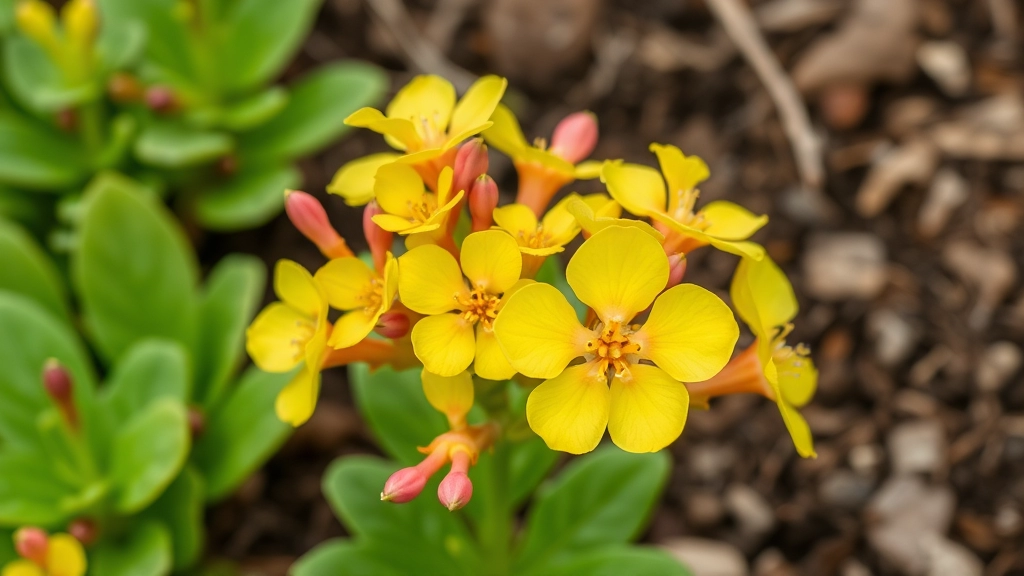Growing Yellow Kalanchoe Blossfeldiana
When it comes to growing Yellow Kalanchoe Blossfeldiana, it’s all about understanding its unique needs. This vibrant succulent is not just a feast for the eyes but also relatively easy to care for. Whether you’re a seasoned gardener or a newbie, ensuring your Kalanchoe thrives involves a few key practices. From proper sunlight exposure to the right watering schedule, I’ll guide you through the essentials to keep your plant healthy and blooming.
Propagation
Propagation is another exciting aspect of cultivating Yellow Kalanchoe Blossfeldiana. You can easily propagate it through stem cuttings or offsets, making it a rewarding plant to multiply. I’ll share step-by-step techniques to help you expand your collection. Plus, I’ll delve into common pests and diseases to watch out for, ensuring your Kalanchoe remains in top shape. Ready to dive in? Let’s get started!
How to Care for Yellow Kalanchoe Blossfeldiana
Caring for your Yellow Kalanchoe Blossfeldiana can seem daunting, but with a few simple guidelines, you can keep your plant thriving.
Understanding Your Plant’s Needs
Many new plant owners wonder why their Kalanchoe isn’t blooming or growing as expected.
Key Care Tips:
- Light: Place your Kalanchoe in a bright location, ideally near a south-facing window. It thrives on at least six hours of indirect sunlight daily.
- Watering: Allow the top inch of soil to dry out between waterings. Overwatering can lead to root rot, so it’s better to err on the side of caution.
- Temperature: Keep your Kalanchoe in a warm environment, ideally between 18-24°C. Avoid exposing it to temperatures below 10°C.
By paying attention to these fundamental aspects, your Yellow Kalanchoe will flourish and produce vibrant blooms.
Propagation Techniques: Stem Cuttings and Offsets
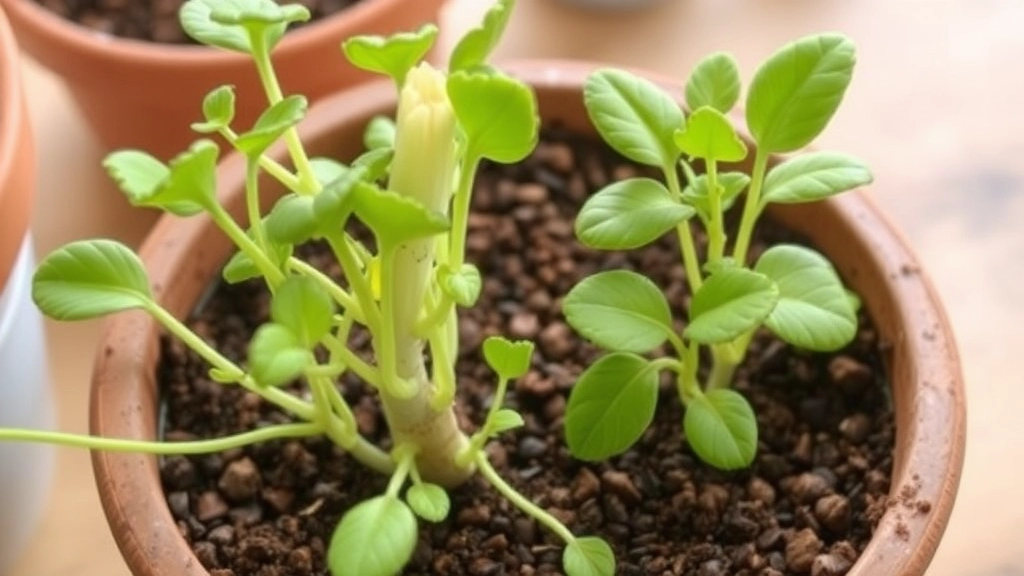
So, you’ve got a beautiful Yellow Kalanchoe Blossfeldiana and you’re wondering how to multiply its charm? You’re in the right place! Propagating your Kalanchoe can be super rewarding and is easier than you might think.
Stem Cuttings
- Choose the Right Stem: Look for a healthy stem that’s around 4-6 inches long. Make sure it has a few leaves on it.
- Cut with Care: Use clean, sharp scissors to snip the stem just below a leaf node. This is where new roots will sprout.
- Let It Callous: Place the cutting in a dry spot for a day or two. This allows the cut end to callous over, which helps prevent rot when you plant it.
- Planting: Stick the cutting into a pot filled with well-draining soil. Water it lightly, just enough to settle the soil around the cutting.
- Keep It Cozy: Place the pot in bright, indirect light. Keep the soil slightly moist but not soggy. In a few weeks, you should see new growth!
Offsets
- Identify Offsets: Look for small rosettes forming around the base of your Kalanchoe.
- Gently Remove: Use your fingers or a small tool to gently twist off the offset. Make sure it has some roots attached.
- Replant: Plant the offset in its own pot with well-draining soil. Water lightly and place in a spot with bright, indirect light.
Why Propagation is Great
Not only does propagation give you more plants, but it’s also a fantastic way to share with friends or brighten up your home. Plus, it’s a fun little project that keeps you engaged with your plant.
Light and Watering Requirements for Optimal Growth
Understanding the light and watering needs of your Yellow Kalanchoe Blossfeldiana is essential for fostering a vibrant and healthy plant.
Light Requirements
One of the most common concerns for plant owners is ensuring their Kalanchoe receives the right amount of light.
- Bright, Indirect Light: Kalanchoe thrives in bright, indirect sunlight. A south or west-facing window is ideal.
- Avoid Direct Sunlight: Too much direct sun can scorch the leaves, leading to unsightly brown patches.
- Supplemental Lighting: If natural light is limited, consider using grow lights to provide the necessary illumination.
Watering Needs
Watering can be another tricky aspect of care. Overwatering can lead to root rot, while underwatering can cause the plant to wilt.
- Soil Moisture Check: Always check the soil before watering. Stick your finger about an inch into the soil; if it feels dry, it’s time to water.
- Watering Frequency: Generally, during the growing season (spring and summer), water every 1-2 weeks. In the dormant months (fall and winter), reduce to once every 3-4 weeks.
- Drainage: Ensure your pot has drainage holes to prevent standing water, which can be detrimental to the plant’s health.
Soil and Fertilizer Recommendations for Healthy Plants
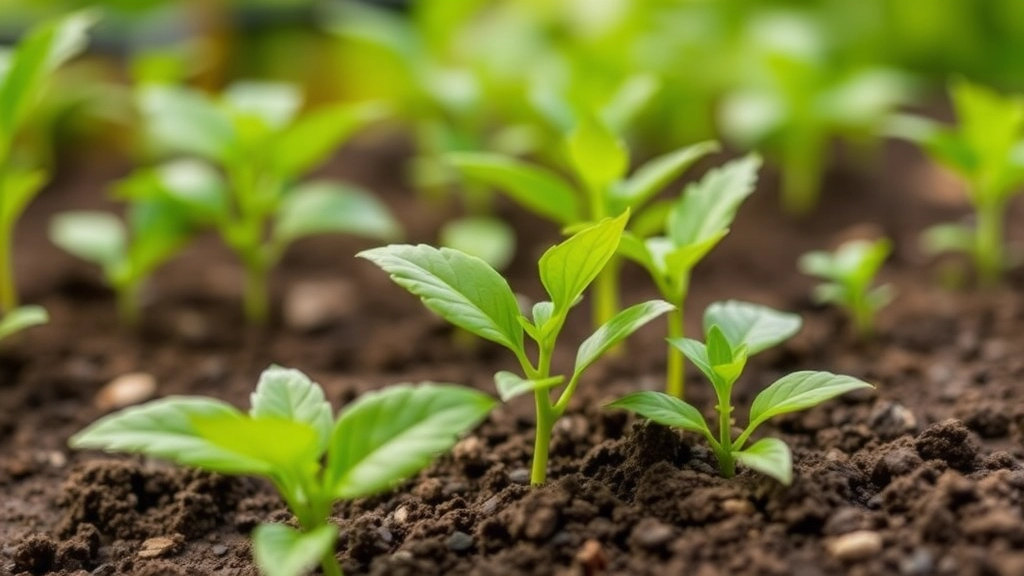
As we delve into the essentials of nurturing your Yellow Kalanchoe Blossfeldiana, understanding the right soil and fertilizer is crucial for optimal health and growth.
Soil Requirements
Choosing the right soil mix can make all the difference in your plant’s vitality. Here are some key points to consider:
- Well-Draining Soil: Kalanchoe thrives in a fast-draining medium. A cactus or succulent mix is ideal.
- pH Level: Aim for a slightly acidic to neutral pH (around 6.0 to 7.0) for optimal nutrient absorption.
- Organic Matter: Incorporating organic matter, such as compost, can enhance soil fertility.
Fertilizer Recommendations
Utilising the right fertilizer can boost your Kalanchoe’s growth and blooming potential. Here’s what to remember:
- Type of Fertilizer: Use a balanced, water-soluble fertilizer with an NPK ratio of 20-20-20 during the growing season.
- Frequency: Fertilize every 4-6 weeks from spring to early autumn. Reduce feeding during the dormant winter months.
- Dilution: Always dilute the fertilizer to half-strength to prevent root burn.
Tips for Application
- Watering Before Fertilizing: Ensure the soil is moist before applying fertilizer to avoid damaging the roots.
- Observe Your Plant: If you notice yellowing leaves, it may indicate over-fertilization or nutrient deficiency.
Prolonging the Blooming Season: Deadheading and Pruning Tips
Are you wondering how to keep your Yellow Kalanchoe Blossfeldiana blooming longer?
One of the most effective ways to extend the flowering period of your Kalanchoe is through proper deadheading and pruning techniques.
Deadheading: What You Need to Know
Deadheading involves the removal of spent flowers, which encourages the plant to focus its energy on producing new blooms rather than seed production. Here’s how to do it:
- Timing: Remove faded flowers as soon as you notice them.
- Technique: Use clean, sharp scissors to snip off the spent flowers just above the nearest leaf node.
- Frequency: Check your plant weekly during the blooming season for optimal results.
Pruning: Keeping Your Plant Healthy
Pruning is essential not just for aesthetics but also for the overall health of your Kalanchoe. Here’s a simple guide:
- When to Prune: After the blooming season is over, usually in late spring.
- What to Cut: Trim back any leggy stems and remove dead or yellowing leaves.
- How Much to Prune: Aim to cut back about one-third of the plant to encourage bushier growth.
Additional Tips for Prolonged Blooms
- Fertilisation: Use a balanced fertilizer every month during the blooming period to provide essential nutrients.
- Watering: Ensure the soil is well-draining and avoid overwatering, as this can lead to root rot.
Common Pests and Diseases: Prevention and Treatment
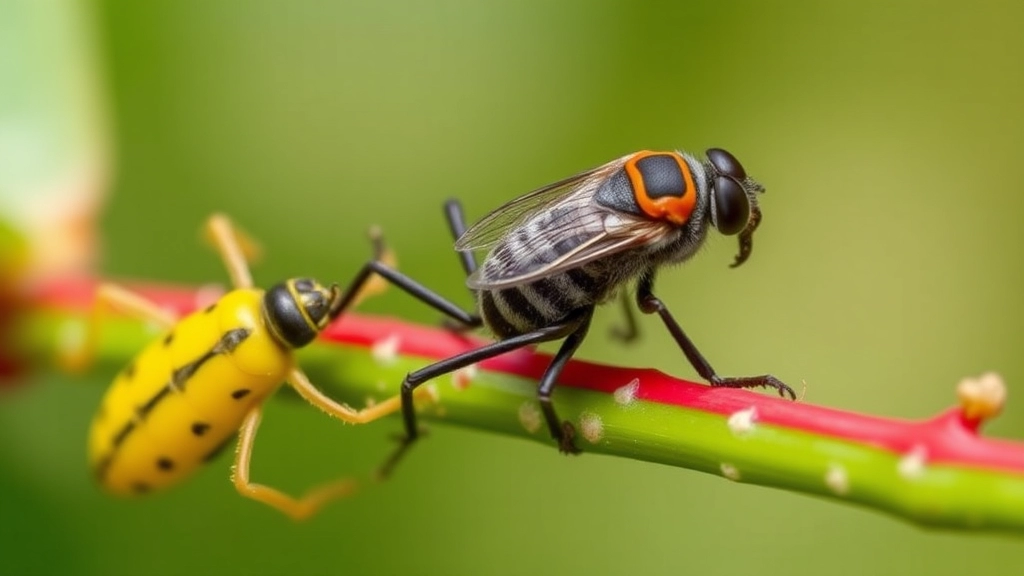
So, you’ve got your Yellow Kalanchoe Blossfeldiana thriving, but what happens when those pesky pests or diseases come knocking? It’s a real concern for many plant lovers, and trust me, I’ve been there too. Let’s dive into how to keep your plant healthy and happy.
Common Pests: What to Watch For
- Aphids: Tiny, green bugs that suck the sap from your plant.
- Mealybugs: White, cottony pests that cling to the leaves and stems.
- Spider Mites: Tiny red or black dots that can cause webbing on leaves.
Prevention Tips:
- Keep it Clean: Regularly wipe down leaves with a damp cloth to remove dust and any lurking pests.
- Inspect New Plants: Always check for pests before introducing new plants to your collection.
- Use Neem Oil: A natural insecticide that can help keep pests at bay.
Common Diseases: What to Look Out For
- Root Rot: Caused by overwatering, leading to mushy roots.
- Powdery Mildew: A white, powdery substance on leaves due to high humidity.
Treatment Strategies:
- Root Rot: If you suspect root rot, remove the plant from its pot, trim away the affected roots, and repot in fresh, dry soil.
- Powdery Mildew: Spray with a mixture of water and baking soda to combat this fungal issue.
Quick Recap:
- Regularly check for pests and diseases.
- Act fast if you notice any signs.
- Use natural treatments whenever possible.
Outdoor vs. Indoor Cultivation: Best Practices
When deciding whether to grow your Yellow Kalanchoe Blossfeldiana indoors or outdoors, several factors come into play.
Indoor Cultivation:
- Light Requirements: Place your Kalanchoe near a south or west-facing window to ensure it receives ample sunlight.
- Temperature Control: Keep the indoor temperature between 18°C to 24°C, avoiding drafts and sudden temperature changes.
- Humidity Levels: Indoor environments can be dry, especially in winter. Consider using a humidifier or placing a tray of water near the plant.
Outdoor Cultivation:
- Sunlight: Kalanchoe thrives in full sun. Choose a spot that gets at least six hours of direct sunlight daily.
- Soil Drainage: Ensure the soil drains well to prevent root rot. Sandy or rocky soil works best.
- Protection from Elements: If you live in a region with harsh weather, consider providing some shelter from strong winds and heavy rain.
Key Considerations:
- Container vs. Ground: If planting outdoors, consider using pots. This allows for easier relocation during extreme weather.
- Seasonal Changes: Be mindful of the seasons. If you live in a cooler climate, it may be best to bring your Kalanchoe indoors during winter.
Ultimately, the choice between indoor and outdoor cultivation depends on your environment and preferences.
Cold Hardiness and Temperature Considerations
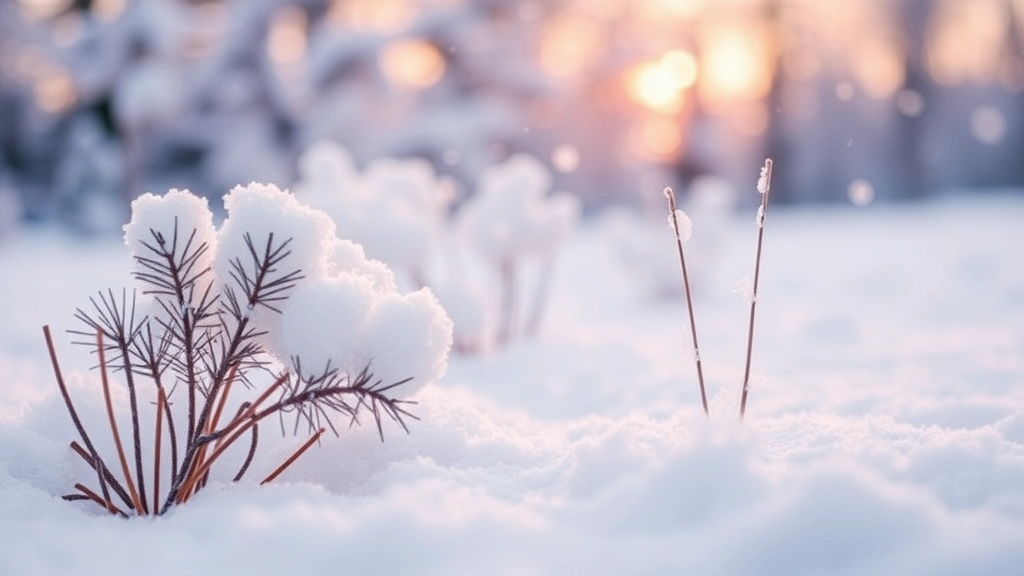
So, you’ve got your Yellow Kalanchoe Blossfeldiana thriving, but what about those chilly nights?
Cold Hardiness
Kalanchoe is not exactly a fan of the cold.
- Ideal Temperature: These beauties prefer temperatures between 15°C to 25°C.
- Frost Sensitivity: Anything below 5°C can spell trouble.
If you’re in a region that experiences frost, you’ll want to keep your plant indoors during those colder months.
Temperature Fluctuations
Sudden changes in temperature can stress your plant.
- Avoid Drafts: Keep them away from windows or doors that might let in cold air.
- Consistent Environment: Try to maintain a steady temperature to keep your Kalanchoe happy.
Signs of Temperature Stress
Keep an eye out for signs that your Kalanchoe is feeling the chill:
- Droopy Leaves: This can indicate your plant is unhappy with the temperature.
- Color Changes: Yellowing leaves can also signal stress.
If you notice these signs, consider moving your plant to a warmer spot.
Re-blooming Strategies for Year-Round Color
Many plant enthusiasts wonder how to keep their Yellow Kalanchoe Blossfeldiana blooming throughout the year.
To achieve continuous blooms, consider the following strategies:
1. Proper Pruning
- After the flowering period, prune back the spent blooms and any dead leaves.
- This encourages new growth and allows the plant to focus its energy on producing fresh flowers.
2. Light Management
- Ensure your Kalanchoe receives plenty of bright, indirect sunlight.
- A minimum of six hours of light daily will boost flowering.
3. Watering Schedule
- Water the plant thoroughly, allowing the soil to dry out between waterings.
- Over-watering can lead to root rot, which hinders blooming.
4. Temperature Control
- Maintain a consistent temperature between 15°C to 25°C.
- Sudden temperature fluctuations can stress the plant, affecting its ability to bloom.
5. Fertilisation
- Use a balanced fertiliser every four to six weeks during the growing season.
- A high-potassium fertiliser can be particularly beneficial for flower production.
6. Rest Period
- Allow your Kalanchoe a rest period after blooming.
- Reduce watering and stop fertilising for about six weeks to encourage new flower buds.
7. Pest Management
- Keep an eye out for pests like aphids and mealybugs.
- Treat any infestations promptly to prevent stress on the plant.
FAQs About Yellow Kalanchoe Blossfeldiana
How can I propagate my Yellow Kalanchoe Blossfeldiana?
There are two main methods for propagating your Yellow Kalanchoe Blossfeldiana: stem cuttings and offsets. Both methods are straightforward and rewarding.
Stem Cuttings
Choose a healthy stem around 4-6 inches long, cut just below a leaf node, let it callous over for a day or two, and then plant it in well-draining soil. Keep it in bright, indirect light and water lightly.
Offsets
Identify small rosettes at the base of your plant, gently remove them with some roots attached, and plant them in their own pots with well-draining soil. Place them in bright, indirect light and water lightly.
What kind of soil is best for Yellow Kalanchoe Blossfeldiana?
Kalanchoe thrives in well-draining soil. A cactus or succulent mix is ideal. Aim for a slightly acidic to neutral pH (around 6.0 to 7.0) and incorporate organic matter like compost to enhance soil fertility.
How often should I fertilize my Yellow Kalanchoe Blossfeldiana?
Use a balanced, water-soluble fertilizer with an NPK ratio of 20-20-20 during the growing season. Fertilize every 4-6 weeks from spring to early autumn and reduce feeding during the dormant winter months. Always dilute the fertilizer to half-strength to prevent root burn.
What are common pests that affect Yellow Kalanchoe Blossfeldiana?
Common pests include aphids, mealybugs, and spider mites. Regularly wipe down leaves, inspect new plants before introducing them to your collection, and use neem oil as a natural insecticide to keep pests at bay.
What diseases should I watch out for with my Yellow Kalanchoe Blossfeldiana?
Root rot and powdery mildew are common issues. Root rot is caused by overwatering and can be treated by trimming affected roots and repotting in fresh, dry soil. Powdery mildew can be treated with a mixture of water and baking soda.
What temperature range is ideal for Yellow Kalanchoe Blossfeldiana?
These plants prefer temperatures between 15°C to 25°C. They are sensitive to frost and should be kept indoors if temperatures drop below 5°C. Avoid sudden temperature changes and drafts to prevent stress.
How can I tell if my Yellow Kalanchoe Blossfeldiana is stressed by temperature?
Signs of temperature stress include droopy leaves and color changes, such as yellowing leaves. If you notice these signs, consider moving your plant to a warmer spot.
References
-
How To Propagate Kalanchoe Plants
-
Kalanchoe Blossfeldiana: Growing and Care Guide
-
Kalanchoe: How to Grow and Care for Kalanchoe
